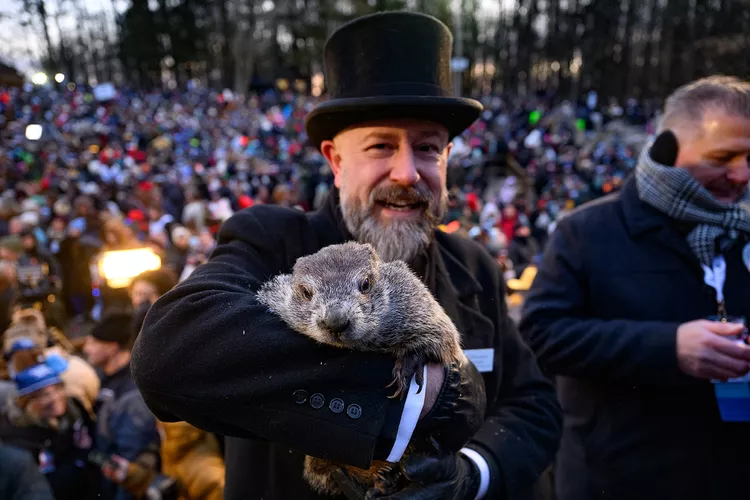Every year on February 2nd, people across North America pause to watch a furry little creature emerge from the ground and, supposedly, predict the weather. While Groundhog Day 2025 might sound like an odd way to forecast the seasons, it is still a beloved tradition that’s been around for over a century. So, what’s the story behind this event, and why do we still care about whether or not a groundhog sees its shadow this year?
The Roots of Groundhog Day: From Europe to Pennsylvania
Groundhog Day isn’t just a random invention. Its origins trace back to ancient European customs, particularly among German communities. In Europe, people would look to animals like badgers or bears to predict the weather around Candlemas Day, a Christian holiday marking the midpoint between the winter solstice and the spring equinox. If the animal saw its shadow on a sunny day, it meant six more weeks of winter; if not, spring was around the corner.
When German immigrants settled in Pennsylvania, they brought this tradition with them but swapped the badger for the more locally abundant groundhog. By 1887, the first official Groundhog Day celebration took place in Punxsutawney, Pennsylvania, with a groundhog named Phil taking center stage–and today, Punxsutawney Phil is still the star of the show, with thousands flocking to Gobbler’s Knob every year to witness his “forecast.”
The Science (or Lack Thereof) Behind the Shadow
Let’s be real—trusting a groundhog with weather predictions isn’t exactly scientific. In fact, Punxsutawney Phil’s accuracy rate is about 50%, which is no better than flipping a coin. however, that hasn’t stopped people from embracing the fun. Whether Phil sees his shadow or not, Groundhog Day has become more about community, tradition, and shaking off the mid-winter blues than it is about actual meteorology.
Groundhog Day in Pop Culture: Blame It on Bill Murray
If you’ve ever felt like you’re stuck in a loop, you’ve probably referenced Groundhog Day without even realizing it. The 1993 film starring Bill Murray turned the holiday into a cultural phenomenon. In the movie, Murray’s character relives the same day over and over again in Punxsutawney, bringing the small-town tradition to an international audience. Since then, the term “Groundhog Day” has become shorthand for any repetitive situation, giving the holiday a whole new layer of meaning.
Groundhog Day 2025
In 2025, Groundhog Day remains just as popular, though not without its controversies. Animal rights groups like PETA have called for modernizing the tradition by replacing live groundhogs with animatronic versions. While some support this idea, arguing it’s more humane, many traditionalists (including Pennsylvania’s Governor Josh Shapiro) believe the live groundhog is essential to the charm and history of the event.
Punxsutawney Phil makes his Groundhog Day winter prediction
Beyond Punxsutawney, other places have their own weather-predicting groundhogs. Staten Island Chuck in New York and General Beauregard Lee in Georgia are just a couple of Phil’s regional rivals, each with their loyal fans and unique celebrations. No matter where you are, Groundhog Day offers a playful break from winter’s monotony and a chance to connect with a tradition that’s both bizarre and endearing.
Sure, relying on a groundhog to predict the weather in 2025 might seem outdated, but Groundhog Day isn’t really about the forecast but more about community, tradition, and finding joy in the little things–It is a lifestyle more or less. Whether Punxsutawney Phil sees his shadow or not, the world will keep turning, spring will eventually arrive, and we’ll all have another reason to gather, celebrate, and maybe laugh at the idea of a groundhog being our go-to meteorologist.




